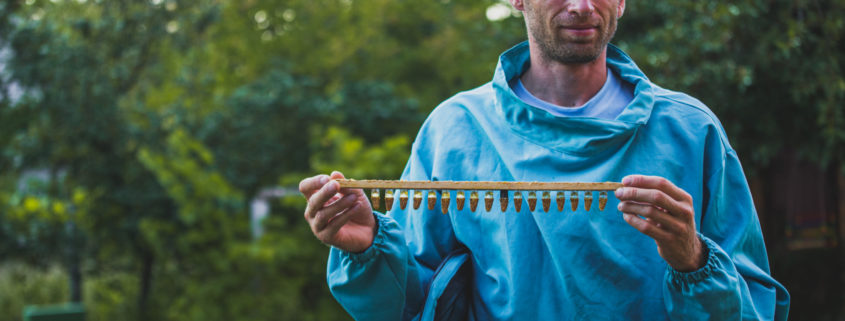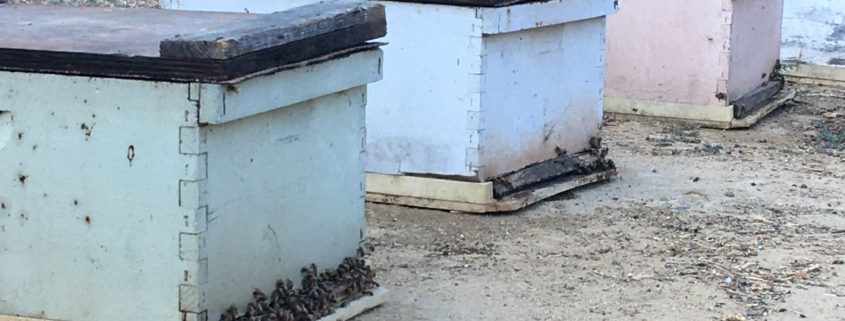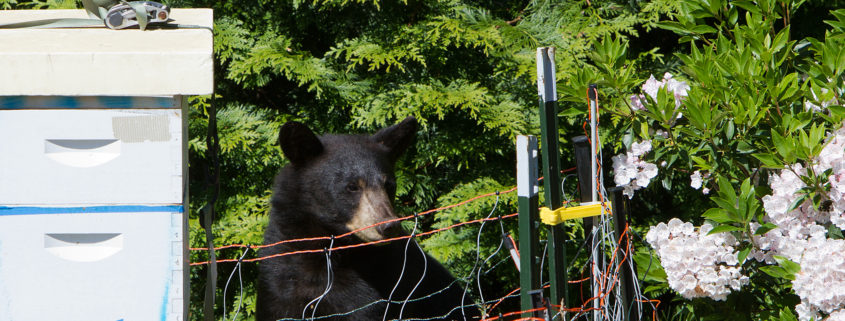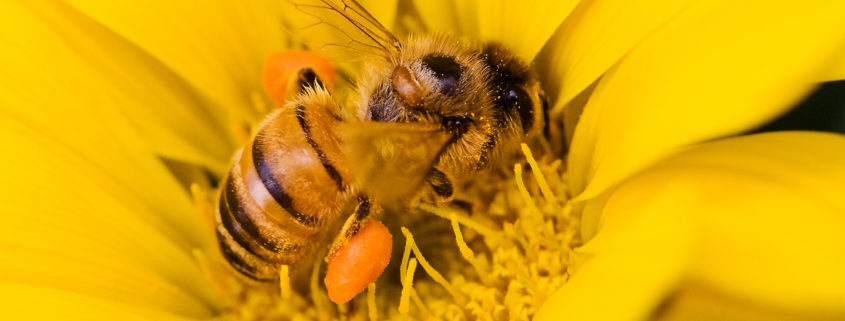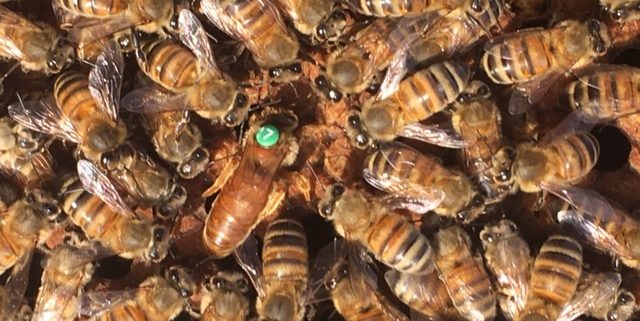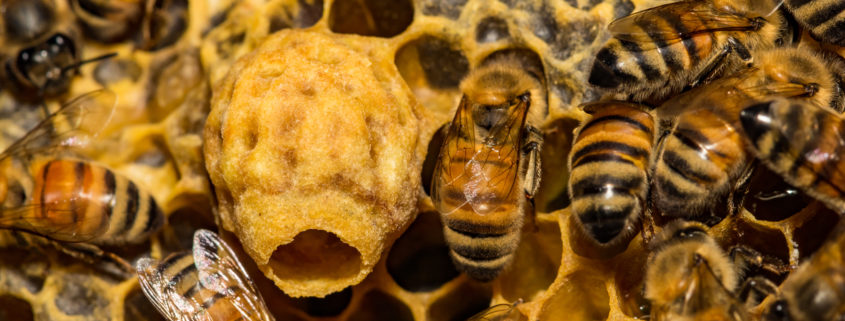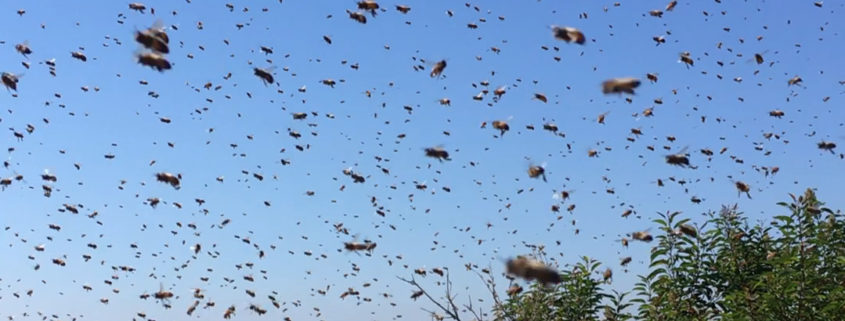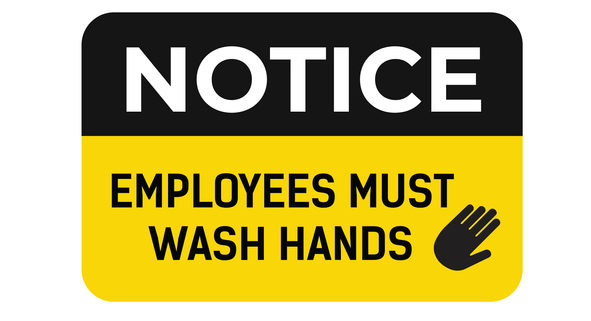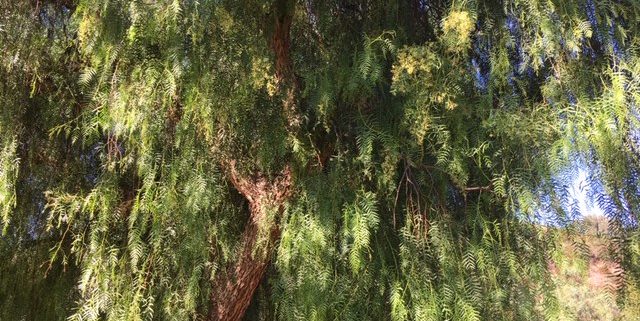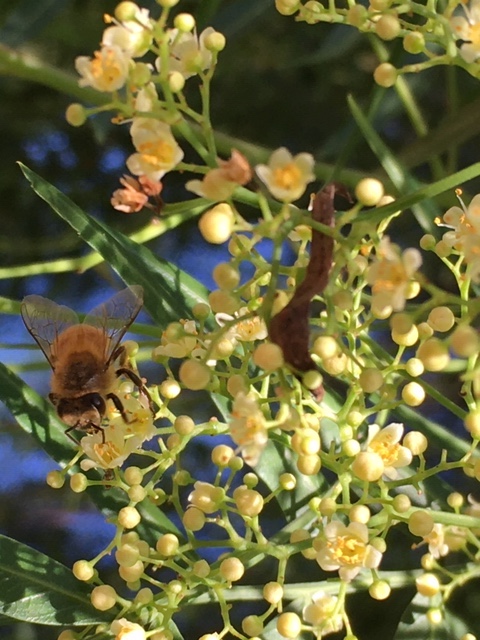Raising Your Own Queen Bees
Here at Wildflower Meadows, we take pride in being a reliable source for quality queen bees for our many loyal customers – both repeat and new. Raising queen bees is more than just our job; and we are pleased when our customers can enjoy the fruits of our hard work and expertise.
Believe it or not, we are also equally happy when a beekeeper takes it upon him or herself to learn the science and art of queen rearing. At that point we share the joy of a beekeeper, who in learning how to raise queen bees, joins a select group of beekeepers who not only manage honeybees but are self-sufficient in meeting their own queen needs. Queen rearing is advanced beekeeping. There is a bit of a learning curve, but the benefits of knowing how to raise one’s own queens are huge.
The first and perhaps most valuable benefit is self-sufficiency. Imagine the notion that you can have your own source of queen bees more or less whenever needed, on-demand. This means no waiting during the peak season, no scheduling with your queen provider, and no placing orders months in advance. You’re the boss, and you raise your queens when you need them and when the timing is right for you and your hive.
Plus, you’ll likely save money – perhaps a lot of money. The more queens that you raise, the lower your cost per queen becomes. Sure, you need to purchase breeder queens and some basic supplies upfront, but once your system is in place, you can literally raise thousands of high-quality queen bees – or as many as you need. After your initial outlay, the cost of producing every incremental queen is minimal, besides some basic ongoing supplies. The more queens you produce, the more money you save.
If you start with a Wildflower Meadows instrumentally inseminated breeder queen, your stock will carry the optimum Wildflower Meadows genetics that we are known for. The difference is now you’re in control of both the timing and scale of your queen production.
Raising queens gives you the direct, satisfying experience of witnessing the joy and magic of a queen’s transformation first-hand: from larva to pupa, to virgin queen, and finally to a quality mated queen that you can truly call your own.

